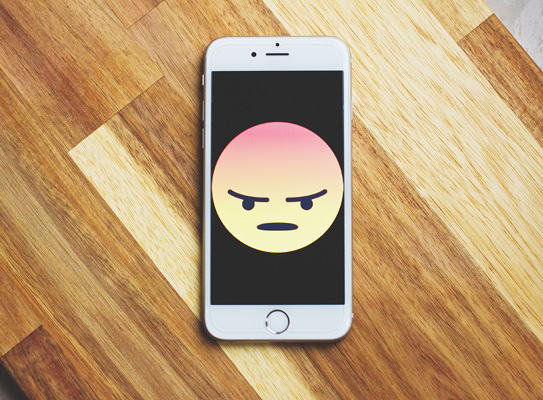 User experience. You’ve probably heard the term many times, but it’s often used in different ways. Whether you’ve worked in tech for 20 years or just downloaded your first mobile app, user experience (or “UX”) can have a big impact on your day-to-day life. Let’s talk about what exactly “user experience” is, with some real world examples.
User experience. You’ve probably heard the term many times, but it’s often used in different ways. Whether you’ve worked in tech for 20 years or just downloaded your first mobile app, user experience (or “UX”) can have a big impact on your day-to-day life. Let’s talk about what exactly “user experience” is, with some real world examples.
What is user experience? It’s actually pretty simple:
The overall experience of a person using a website or app, especially in terms of how easy or pleasing it is to use.
As you may have guessed, some aspects of user experience can be subjective. Maybe you think hamburger menu icons are elegant and helpful, while others find them inconvenient. Perhaps you find it annoying when sites require complex passwords, while others might appreciate the added security.
There isn’t always a “one size fits all” understanding of user experience. But some behaviors are universally recognized as bad UX. For example:
- Crashing
- Slow loading (which can be identified with performance testing)
- Broken links
Any of the above would be considered outright bugs. And when a behavior is considered a bug, it’s usually safe to assume that it’s bad user experience. However, not all instances of bad UX are considered bugs. In fact, an app or site can have bad UX even when it works exactly the way the creators intended!
A website or iOS or Android app could match the company’s design spec and be completely functional, yet still have the following user experience:

- A button placed in an area that’s hard to reach with your thumb while holding your phone
- A brightly colored font that hurts your eyes to read
- Confusing taxonomy
- A pop-up requesting you to allow notifications from the website
- Auto-playing videos
You’ve probably encountered (and been annoyed by) at least a few of the above issues when using an app or website. A business might even realize that a feature has bad user experience and choose to do it anyway (see most things Facebook does).
QA + UX
In an ideal scenario, QA should be incorporating UX when assessing the quality of a website or app. Preventing bugs from making it to production is important – but it isn’t only crashing-level behavior that causes people to abandon an app or site.
At the end of the day, it’s often a product manager or executive that makes the final call on whether an issue will be fixed. (For advice on determining the importance of a bug, see How to Prioritize Bug Fixes.) But as QA, if we spot bad UX, we can flag it. This gives the team a chance to consider risky UX before it drives off a potential customer.
Looking to Improve Your User Experience?
We’re here for you. Check out our QA testing services!

